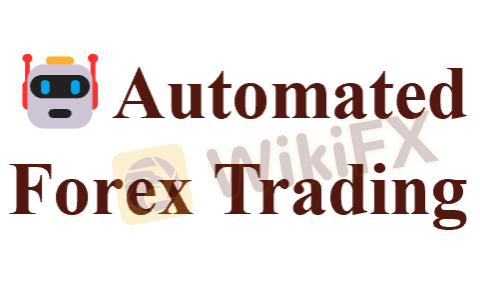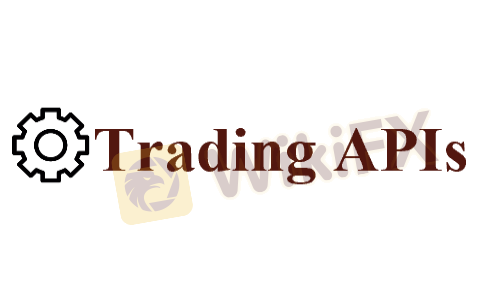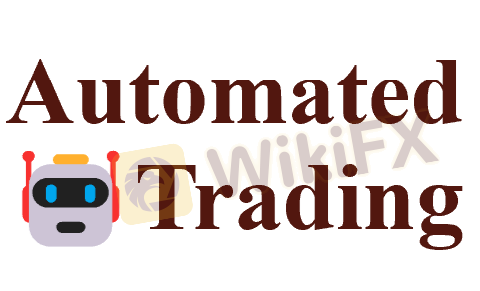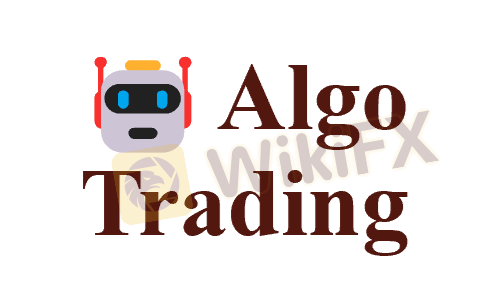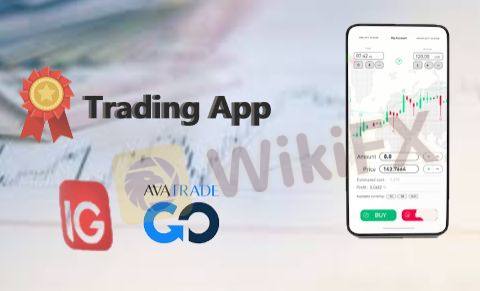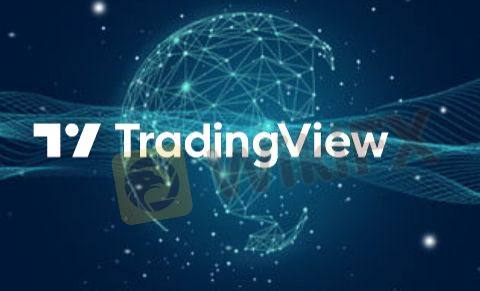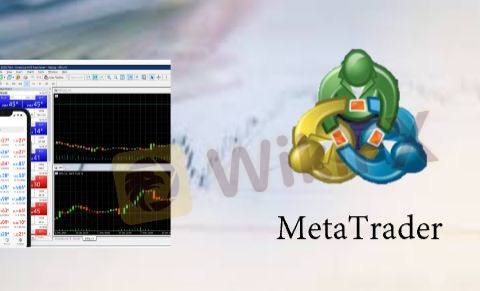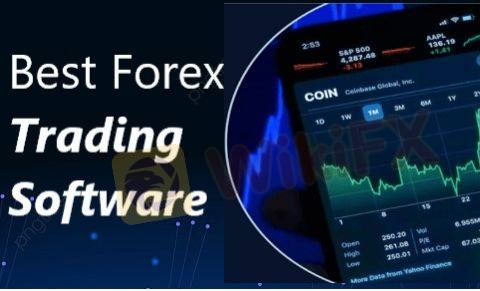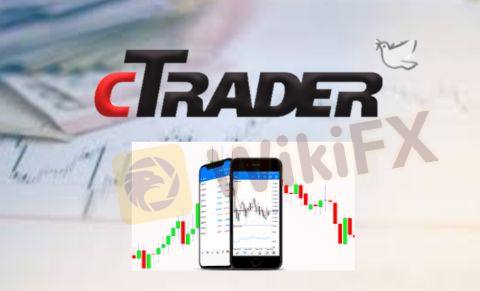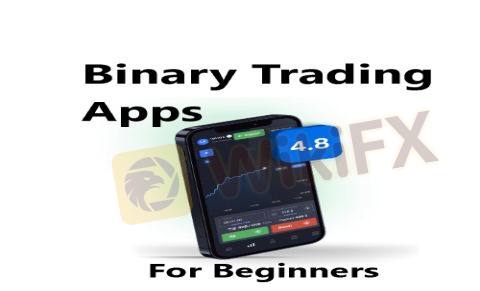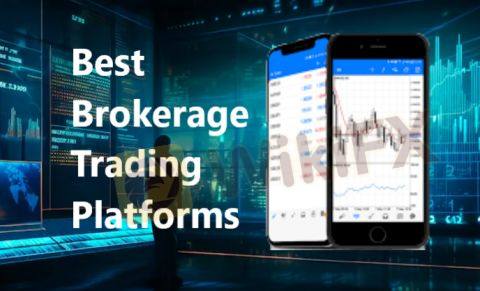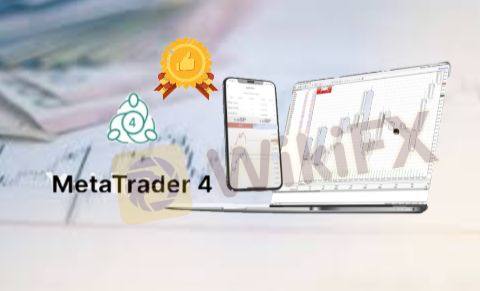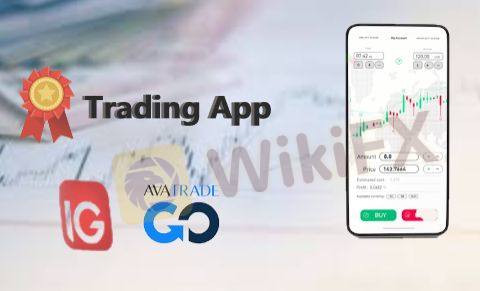If I told you there was a forex trader who is intelligent, calm, and highly logical, maintains constant vigilance 24/5, and executes trades almost immediately when trading opportunities arise, would you immediately hire him as your account manager? I believe the answer is a definite yes.
In reality, although such a human trader may not exist in the world, through automated forex trading software, you can have all the traits mentioned above and even more.
So, what is automated forex trading software? How does it work? What features does it have? And how should traders use it? Read this article, and we will guide you to explore the answers!
What is Automated Forex Trading?
Automated Forex Trading is a method of executing forex market transactions using computer programs and algorithms. These programs and algorithms are commonly referred to as Expert Advisors (EAs) or forex robots. Automated forex trading systems can perform various tasks, including generating trading signals, executing trades, managing risk, and conducting real-time monitoring.

Why Automated Forex Trading is Needed?
Many retail traders may feel at a disadvantage in the highly competitive global financial system. Anyone actively engaged in manual forex trading has experienced the fatigue and repetitiveness of analyzing charts, reading economic reports, monitoring price movements, and identifying trading opportunities. For most traders, after entering a trade, emotional decision-making often replaces the best trading plans, leading to long-term losses. According to statistical data, we find that 70% to 85% of retail traders manage portfolios that result in losses. Coupled with the 24/5 nature of the forex market, which makes it impossible for traders to monitor their portfolios at all times, this creates even greater potential uncertainty. In this scenario, automated forex trading provides a solution. Traders can use automated forex trading systems to assist in trading and monitor the market 24/5, thereby increasing their long-term profitability.
What are Some Platforms that Support Automated Forex Trading Software?
Many forex trading platforms support automated forex trading software and provide tools and environments for traders to develop, test, and execute their automated trading strategies. Here are some major platforms that support automated forex trading software:
MetaTrader 4 (MT4) and MetaTrader 5 (MT5): MT4 and MT5 are among the most popular forex trading platforms, supporting a wide range of automated trading functionalities. Traders can use MetaEditor to write and test custom trading scripts, and there are various third-party Expert Advisors available on the market for automated trading.
cTrader: cTrader is another popular forex trading platform that supports automated trading. It provides cAlgo, a tool for developing custom indicators and trading robots.
NinjaTrader: NinjaTrader is a versatile trading platform that supports forex, futures, and stock trading. It has robust automation and customization features, allowing traders to write custom strategies and indicators using C#.
TradeStation: TradeStation is a comprehensive trading platform that offers automation features for forex, futures, and stock trading. It supports the development of custom strategies using EasyLanguage.
ZuluTrade: ZuluTrade is a forex social trading platform that allows traders to automatically copy the trades of other successful traders. It provides a social experience for automated trading.
ProRealTime: ProRealTime is a charting and trading platform that supports forex, stocks, and futures markets. It has automated trading capabilities and allows the development of custom indicators and strategies using ProRealCode.
What is the Development Process of Automated Forex Trading Software?
1. Develop Trading Strategy:
Initially, the developer needs to design a trading strategy. This strategy could be based on technical analysis, fundamental analysis, or other quantitative models, aiming to determine when to buy or sell a particular asset.
2. Write Trading Algorithm:
Once the trading strategy is defined, the trader needs to convert it into code that is executable by a computer. This typically involves writing trading algorithms using programming languages such as MQL4, MQL5, Python, etc. The algorithm will generate buy and sell signals based on predefined rules.
3. Backtesting:
Before applying the algorithm to the live market, traders often conduct backtesting. Backtesting involves applying the algorithm to historical market data to evaluate its past performance. This helps determine if the strategy is robust enough and provides insights into expected returns and potential risks.
4. Integration into Trading Platform:
Once the algorithm is developed and tested, it needs to be integrated into a forex trading platform that supports automated trading. Common trading platforms include MetaTrader 4 (MT4), MetaTrader 5 (MT5), cTrader, etc. The developer uploads the algorithm to the platform and configures relevant parameters.
5. Real-time Monitoring and Execution:
Once the algorithm is deployed to the live market, it continuously monitors the market in real-time based on predetermined conditions. When the trading rules are met, the algorithm automatically executes buy or sell orders. This allows traders to engage in 24/5 automated trading without the need for constant market monitoring.
6. Risk Management:
Automated forex trading systems typically include risk management features, such as setting stop-loss and take-profit levels, to effectively control risk. This helps protect capital from excessive losses.
7. Monitoring and Optimization:
Developers should regularly monitor the performance of the automated trading system and make necessary adjustments and optimizations based on market changes and system performance. This includes checking and updating trading strategies, adjusting parameters, and so on.
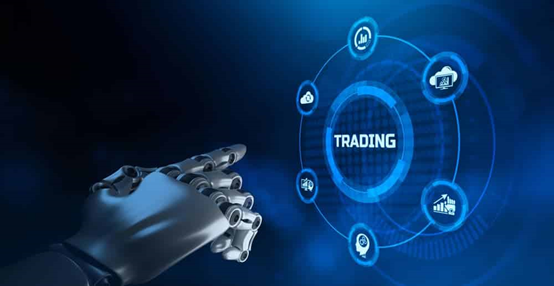
What are the Types of Automated Forex Trading Systems?
The types of automated forex trading primarily depend on the execution method of the trading system and the design of the trading strategy. Here are some common types of automated forex trading:
1. Trend Following Systems:
These systems are based on the concept of market trends and aim to capture and participate in market trends. Trend-following systems typically use technical indicators or other signals of market trends to determine when to enter or exit trades.
2. Counter-Trend Trading Systems:
Counter-trend trading systems, in contrast to trend-following systems, attempt to enter or exit trades during market reversals. These systems often use overbought/oversold conditions or reversal indicators to capture market reversal points.
3. Mean Reversion Systems:
Mean reversion systems are based on the idea that prices will fluctuate around their average. Mean reversion trading systems typically execute trades when prices deviate from the average, expecting prices to revert to the mean level.
4. tatistical Arbitrage Systems:
Statistical arbitrage systems attempt to profit from price differences, correlations, or other statistical relationships. This type of system often executes trades between assets with significant correlations.
5. Event-Driven Systems:
Event-driven systems are based on economic data, news events, or other market events. They execute trades when specific events occur, aiming to take advantage of market volatility during those events.
6. High-Frequency Trading Systems:
High-frequency trading systems profit by rapidly executing a large number of small trades. This typically involves the use of advanced algorithms and high-speed execution platforms to capture minimal price differentials in the market.
7. Machine Learning and Artificial Intelligence Systems:
Automated forex trading systems based on machine learning and artificial intelligence use algorithms to learn market patterns and behavior, improving and optimizing trading strategies over time.
8. Combined or Composite Systems:
Some automated forex trading systems combine multiple strategies or models to form a comprehensive trading system. This approach aims to reduce risk through diversity and enhance system stability.
These types are not mutually exclusive; in fact, many automated forex trading systems may involve a combination of elements or strategies. Successful automated forex trading systems typically require careful design, testing, and optimization to adapt to different market conditions.

What are the Steps for Traders to Use Automated Forex Trading Systems?
Using automated forex trading systems requires several steps and careful consideration. Here are some recommendations to help traders effectively use automated forex trading systems:
1. Set Clear Goals:
Before using an automated forex trading system, traders should establish clear trading goals and determine their risk tolerance. Understanding investment objectives, risk preferences, and expected returns helps in selecting suitable trading strategies and parameters.
2. Choose Appropriate Trading Strategy:
Based on their trading goals, traders should choose an appropriate trading strategy. Different strategies are suitable for various market conditions, such as trend-following, counter-trend, mean-reversion, etc. Ensure the selected strategy aligns with personal trading style and preferences.
3. Learn and Understand the System:
If using an existing automated forex trading system or purchasing a trading robot, traders should thoroughly learn and understand how the system works. Familiarity with trading algorithms, strategy rules, risk management, and other details is essential.
4. Conduct Backtesting:
Before applying the automated forex trading system to the live market, conducting backtesting is crucial. Testing the system's performance using historical market data helps evaluate its profitability and risk levels. Backtesting also aids in identifying weaknesses and shortcomings in the system.
5. Start with Small Real Trades:
Once satisfied with the backtesting results, traders can initiate small real trades. This helps validate the system's performance in the actual market and avoids taking excessive risks in the early stages.
6. Monitor and Optimize:
Regularly monitor the performance of the automated forex trading system. Market conditions may change, and the system needs to adapt. Timely identification and resolution of issues, optimization of trading strategies and parameters, are essential to maintaining system effectiveness.
7. Implement Sound Risk Management:
When deploying an automated forex trading system, ensure that the system incorporates effective risk management strategies. Set stop-loss and take-profit levels to control the risk of each trade and protect capital from excessive losses.
8. Exercise Caution:
Despite the advantages of automated forex trading systems, traders should exercise caution. Avoid overly relying on the system and maintain constant awareness of the market, especially during significant events and unusual market conditions.
9. Continuous Learning:
Even when using automated forex trading systems, traders should continually enhance their knowledge of the forex market. Understanding market fundamentals, economic indicators, and the impact of global events on the forex market helps better comprehend and adapt to market changes.
What are the Advantages and Disadvantages of Automated Forex Trading Software?
Automated forex trading comes with numerous advantages that attract many traders to adopt automated systems. Here are some key advantages of automated forex trading:
Advantages:
1. Emotion-Free Trading:
Automated forex trading systems execute trades without being influenced by human emotions. This means they operate with discipline, avoiding the impact of emotions such as fear, greed, and anxiety, leading to more consistent execution of predefined trading strategies.
2. 24/7 Trading:
The forex market operates 24 hours a day. Unlike manual traders who may be limited by time zones and working hours, automated forex trading systems can monitor the market and execute trades around the clock, maximizing opportunities across all trading sessions.
3. High-Speed Execution:
Automated trading systems can execute trades at extremely fast speeds, enabling them to capitalize on momentary market opportunities. This is particularly crucial in the fast-paced forex market.
4. Multi-Tasking Capability:
Automated forex trading systems can simultaneously monitor multiple currency pairs and market conditions, executing multiple trades—a task that may be challenging for manual traders.
5. Backtesting and Optimization:
Traders can backtest automated trading systems, testing their performance on historical data. This helps evaluate system feasibility, identify potential issues, and conduct optimizations to enhance performance.
6. No Continuous Monitoring Required:
Automated forex trading systems do not require continuous manual monitoring. Traders can avoid staring at trading screens for prolonged periods, reducing psychological stress associated with trading.
7. Risk Management:
Automated forex trading systems often include risk management features such as setting stop-loss and take-profit levels to help protect capital from significant losses.
Despite the many advantages listed above, automated forex trading comes with some potential disadvantages and risks. Traders considering the use of automated systems should be aware of the following drawbacks:
Disadvantages:
1. Mechanical Issues:
Automated forex trading systems operate based on pre-written rules and may struggle to adapt to non-mechanical market characteristics, such as sudden events or major news, leading to poor performance in certain situations.
2. Over-Optimization:
During system development, traders may over-optimize algorithms, making them perform exceptionally well on historical data but poorly in actual market conditions—a phenomenon known as overfitting.
3. Execution Issues:
Real-market execution may differ from backtested results due to market execution nuances. Slippage and execution speed issues can impact system performance.
4. Technical Risks:
Technical failures, internet connectivity issues, or server interruptions can affect system execution, leading to trading problems.
5. Reliance on Technical Analysis:
Automated forex trading systems often rely solely on technical analysis, overlooking fundamental analysis. Fundamental factors may have a significant impact on trades in certain market conditions.
6. Monitoring and Maintenance Required:
While automated systems do not require constant manual monitoring, regular monitoring and maintenance are necessary to ensure ongoing system performance and strategy effectiveness.
7. Lack of Human Judgment:
Human traders possess judgment, intuition, and adaptability—qualities challenging for mechanical systems to replicate. In certain situations, human judgment may be more effective than automated trading systems.
8. High Cost for Excellent Systems:
Truly exceptional automated forex trading systems can be expensive, making them unaffordable for the average trader.
Can Automatic Forex Trading Guarantee Profits?
Automatic forex trading cannot guarantee profits. While automated trading systems (also known as forex robots or expert advisors) may perform well in certain situations, the nature of the forex market means that profitability is not assured. Here are some reasons:
Market Risks:
The forex market is influenced by various factors, including economic data, political events, natural disasters, etc. The uncertainty of these factors makes the market difficult to predict, and even the most sophisticated algorithms cannot guarantee profits under all market conditions.
Overfitting:
If an automatic trading system relies too heavily on historical data to formulate trading strategies, it may lead to overfitting issues. Overfitting occurs when a system excessively adapts to specific past market conditions and becomes ineffective in future changes.
Execution Issues:
In real-market situations, trades may be influenced by execution speed, slippage (price fluctuations causing changes in the execution price), and other issues. These problems can result in actual execution outcomes differing from the expected outcomes during system design.
Technical Failures:
Technical failures or internet connectivity issues can lead to abnormalities in the trading system, posing potential risks.
Strategy and Risk Management:
Successful automatic forex trading depends not only on the selection of trading strategies but also on effective risk management. Lack of proper risk control can lead to significant capital losses.
It's essential for traders to recognize that the forex market inherently involves risks, and there is no foolproof system that can guarantee profits under all circumstances. Traders should approach automated trading with caution, thoroughly understanding the system's strategy, and implementing risk management practices to minimize potential losses.
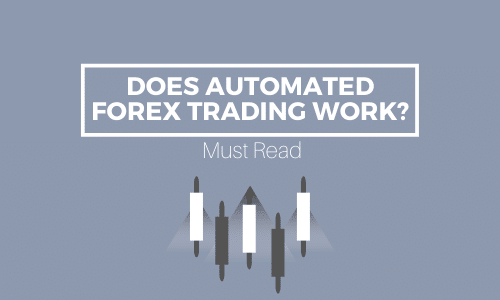
Why Can't Excellent Automated Forex Trading Systems Become Widespread?
According to statistics, automated trading solutions account for over 60% of global forex trading activities. So why do most of them fail to guarantee profits and provide a one-stop solution for long-term profitability? The author believes the reasons are as follows:
For most free automated forex trading systems, without human intervention, their algorithms are likely to chase the same trades. With a surge in trading volume, the reliability and profitability of signals will decline. Unlike mainstream and effectively working automated trading solutions, which require years of development and may cost tens of millions of dollars to be ready for trading in the financial markets. No developer would grant free access or any direct access because the more capital chasing the same trades, the more crowded the race becomes, and the lower the profit potential.
The Best Brokers For Automated Forex Trading Software
Forex Broker
License
Minimum Spread
Maximum Leverage
Minimum Deposit
Open account
Details
Compare
Disclaimer
Trading securities involves a high level of risk. In the case of margin forex trading, over-the-counter derivatives, and cryptocurrencies, significant risks exist, including but not limited to leverage, credit, limited regulatory protection, and market fluctuations that may severely impact the prices or liquidity of currencies or related instruments. It should not be assumed that the methods, techniques, or indicators provided in these products will be profitable or will not result in losses.
Bottom Line
Automated Forex trading software offers a compelling blend of technological prowess and market efficiency. While it provides numerous advantages, including emotion-free trading, 24/5 market monitoring, and rapid execution, it's crucial to recognize the inherent risks and limitations.
No automated system can guarantee perpetual profits due to the dynamic and unpredictable nature of the forex market. Overfitting, execution issues, technical failures, and the need for sound risk management contribute to the complexities involved in automated trading.
Ultimately, the success of an automated forex trading system hinges on meticulous development, rigorous testing, and continuous optimization. Traders should approach these systems with a blend of technological trust and human prudence, understanding that market conditions evolve, requiring ongoing adaptation and vigilance.
With Wikifx, you can access more comprehensive information about brokers, including regulatory status, trading costs, trading platforms, and more. For details, please visit wikifx.com or download the WikiFX APP.
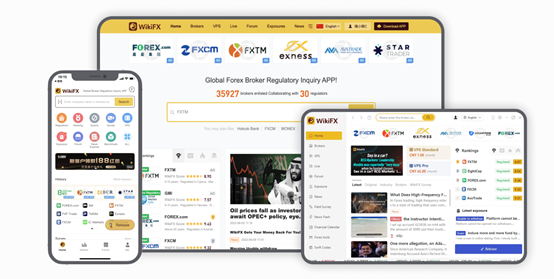
You Also Like
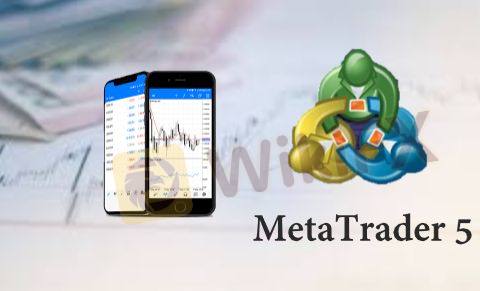
Best MT5 Forex Brokers in 2024
Here is our pick of the best MT5 Forex Brokers and this list includes only regulated brokers that are highly ranked and come highly recommended for trading.

8 Best Forex Trustworthy Brokers in 2024
Stay informed and avoid forex scams with our list of 8 Top Trustworthy Brokers – trade with peace of mind and profitable potential.
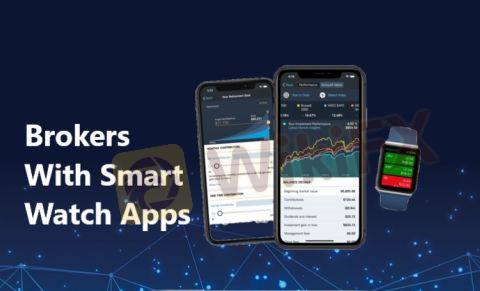
Best Brokers with Smartwatch Apps for 2024
This guide compares the best brokers and their smartwatch app features- a quick way to manage your portfolio.
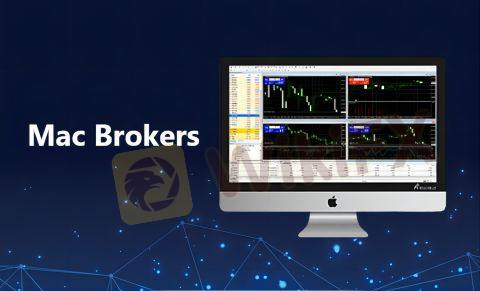
Best Mac Forex Trading Platforms for 2024
Forex traders, particularly Mac users, need suitable platforms. This article examines the top Mac Forex trading platforms' brokers.







